When discussing virtues in the past, I have tended to gloss over Humility because it’s one of those things that seems obvious. However, I recently heard an explanation of Humility that was simple and elegant, and yet made it vastly easier to actually put this virtue into practice. Essentially, the description was “thinking of others before yourself”. It’s arguable that Humility is the most important virtue, since the entire purpose of having virtues is to promote right action within society; if you don’t think about the other members of that society you can’t even begin.
A quote from Cosimo I de Medici speaks to this:
amongst all the things relating to civil life and the good government of any prince or republic, modesty is most necessary and decorous, as it restrains human actions, and orders and moderates both the universal and public, as well as the domestic an private.
Often Humility is approached as a admonition against action: don’t talk about yourself, don’t show off. When deciding how to proceed in a given situation, however, what we need is guidance about how to act, as opposed to counsel toward inaction. If the expression of Humility is to act in a way that benefits others before oneself, it becomes a more useful guidepost.
Humility is an enabling virtue, providing a basis for Largesse, Compassion, Justice, Mercy, Loyalty, and others. It is by valuing others above the self that the value of these and the path toward them becomes clear. The root of “humility” is the Latin “humus”, meaning the earth or ground. To place oneself in the lowest place, eschewing concerns of one’s own position, enables the uplifting of others from a firm footing.
Likewise, Humility tempers — and is tempered in turn by — Franchise. As I have interpreted it in the past, Franchise is the acceptance of one’s station as being deserved, so that the power granted by that station can be effectively used. Humility is there to remind us that any power that comes from our position is to be used for the betterment of others, and not simply for further self-aggrandizement. Conversely, all of our energy must not be spent on others at the expense of ourselves, and Franchise is there to remind us of this. This seeming contradiction is yet another situation where two virtues must be held in dynamic equilibrium for greatest effectiveness.


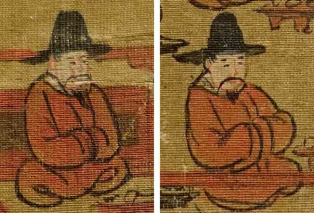
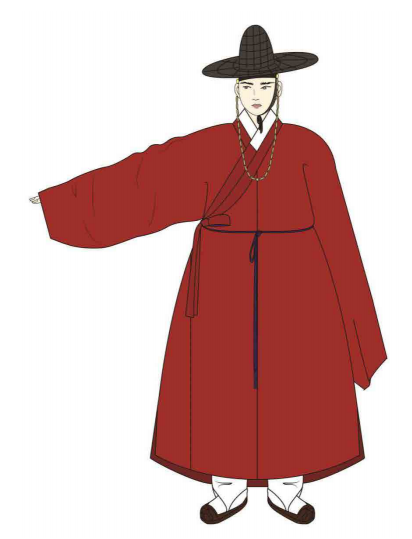
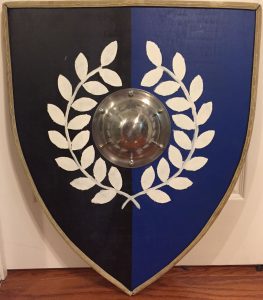
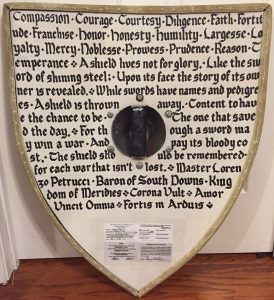
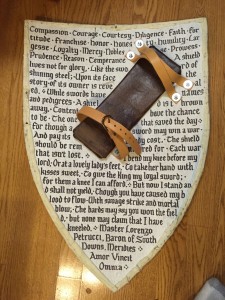 A shield lives not for glory,
A shield lives not for glory,